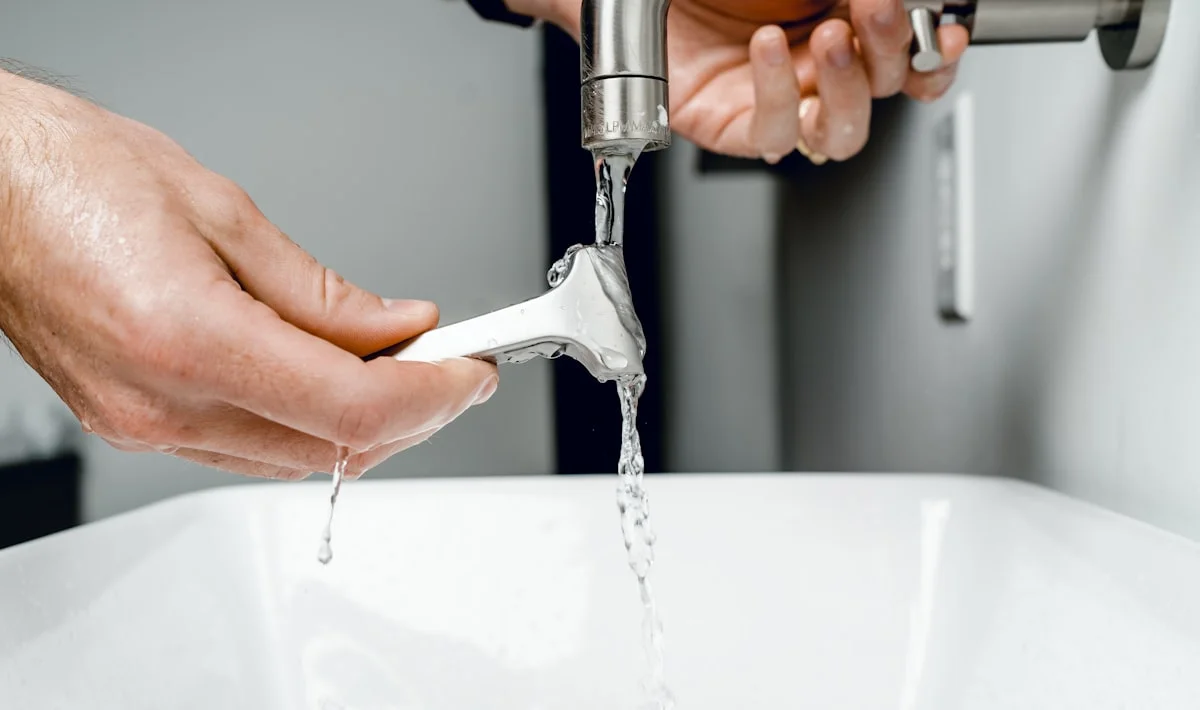How to Fix a Leaking Kitchen Faucet Without a Plumber in 2025
A leaking kitchen faucet is more than just an annoyance—it can waste water, increase your utility bills, and even cause damage to your sink over time. The good news is that you don’t always need a professional to fix leaking faucet issues. With the right tools and a little know-how, you can tackle this common household problem yourself. In this guide, we’ll walk you through step-by-step methods to fix leaking faucet problems efficiently, saving you time and money in 2025.
Understanding Why Your Faucet Is Leaking
Before attempting to fix leaking faucet problems, it’s important to understand the root cause. Most leaks occur due to worn-out washers, O-rings, or corroded valve seats. Over time, constant water pressure and mineral buildup can degrade these components, leading to drips or steady leaks. Identifying the exact issue will help you choose the right repair method and avoid unnecessary replacements.
Tools You’ll Need to Fix a Leaking Faucet
To successfully fix leaking faucet issues, gather the necessary tools beforehand. You’ll need an adjustable wrench, screwdrivers (both flathead and Phillips), replacement washers or O-rings, plumber’s tape, and a cleaning cloth. Having these tools ready will streamline the repair process and prevent interruptions. If your faucet has specific cartridge or ceramic disc mechanisms, check the manufacturer’s guide for compatible replacement parts.
Step-by-Step Guide to Fix a Compression Faucet
Compression faucets are common in older homes and are often the culprit behind persistent leaks. To fix leaking faucet problems in this type, start by turning off the water supply under the sink. Remove the faucet handle by unscrewing the decorative cap and loosening the screw underneath. Once the handle is off, use a wrench to unscrew the packing nut and expose the stem. Inspect the washer and O-ring for wear and tear—these are usually the main offenders. Replace them if damaged, reassemble the faucet, and turn the water back on to test for leaks.
Repairing a Ball-Type Faucet Leak
Ball-type faucets, often found in modern kitchens, have a more complex design but can still be fixed without professional help. Begin by shutting off the water and removing the handle. Underneath, you’ll find a cap and a plastic cam that holds the ball in place. Carefully remove these components and check the rubber seals and springs inside. If they’re worn out, replace them with a repair kit designed for your faucet model. Reassemble the parts, ensuring everything fits snugly, and test the faucet to confirm the leak is resolved.
Fixing a Cartridge or Ceramic Disc Faucet
Cartridge and ceramic disc faucets are durable but can develop leaks if debris gets trapped or the cartridge wears out. To fix leaking faucet issues in these models, turn off the water and disassemble the handle to access the cartridge. Remove it carefully and inspect for cracks or mineral buildup. If cleaning doesn’t solve the problem, replace the cartridge entirely. These faucets often require brand-specific parts, so verify compatibility before purchasing replacements.
Preventing Future Faucet Leaks
Once you’ve managed to fix leaking faucet problems, take steps to prevent future issues. Regularly clean aerators to avoid mineral buildup, and check washers and O-rings for wear every few months. Avoid overtightening handles, as this can accelerate wear on internal components. Installing a water softener can also help if hard water is a recurring issue in your home.
When to Call a Professional
While many leaks can be fixed without a plumber, some situations require expert intervention. If you’ve followed all steps and the faucet still leaks, there may be hidden pipe damage or improper installation. Persistent leaks despite replacements could indicate high water pressure or more complex internal issues. In such cases, consulting a professional ensures long-term solutions and prevents further damage.
Final Thoughts on Fixing a Leaking Faucet
Learning how to fix leaking faucet problems yourself is a valuable skill that can save you money and extend the life of your kitchen fixtures. With the right tools and a methodical approach, most leaks can be resolved in under an hour. Remember to diagnose the issue correctly, use quality replacement parts, and perform regular maintenance to keep your faucet in top condition throughout 2025 and beyond.

